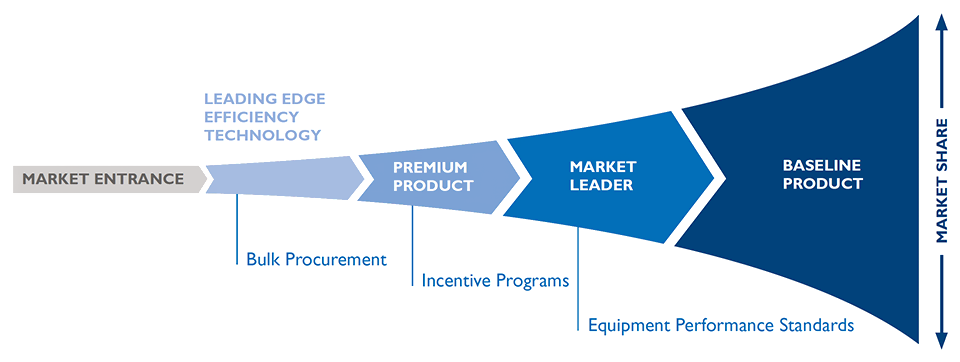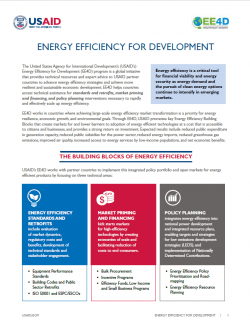Energy Efficiency Standards and Labeling in South Africa
This case study demonstrates the multi-benefits of energy efficiency and how technical assistance can help countries address information gaps by supporting the development of key datasets that underpin energy efficiency policies and programs. Read the case study



